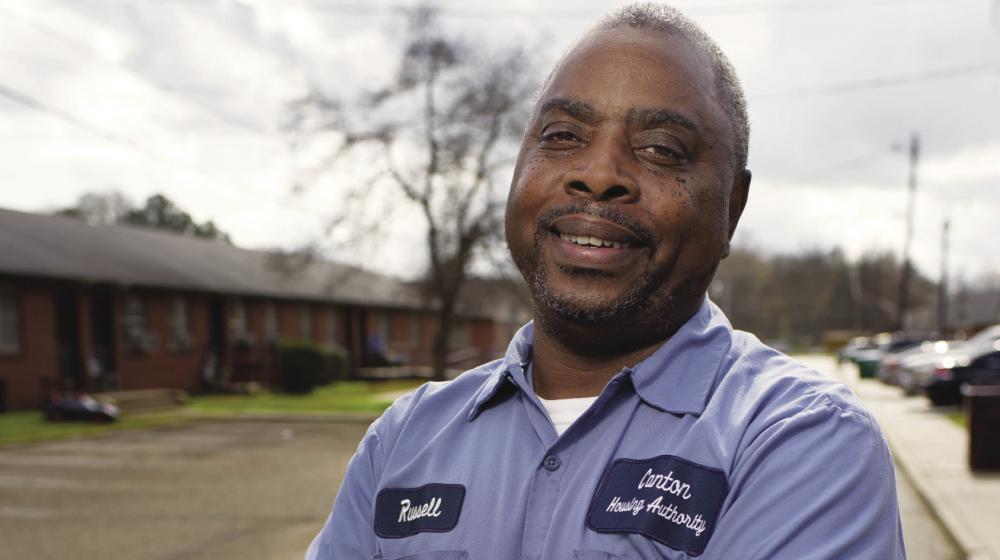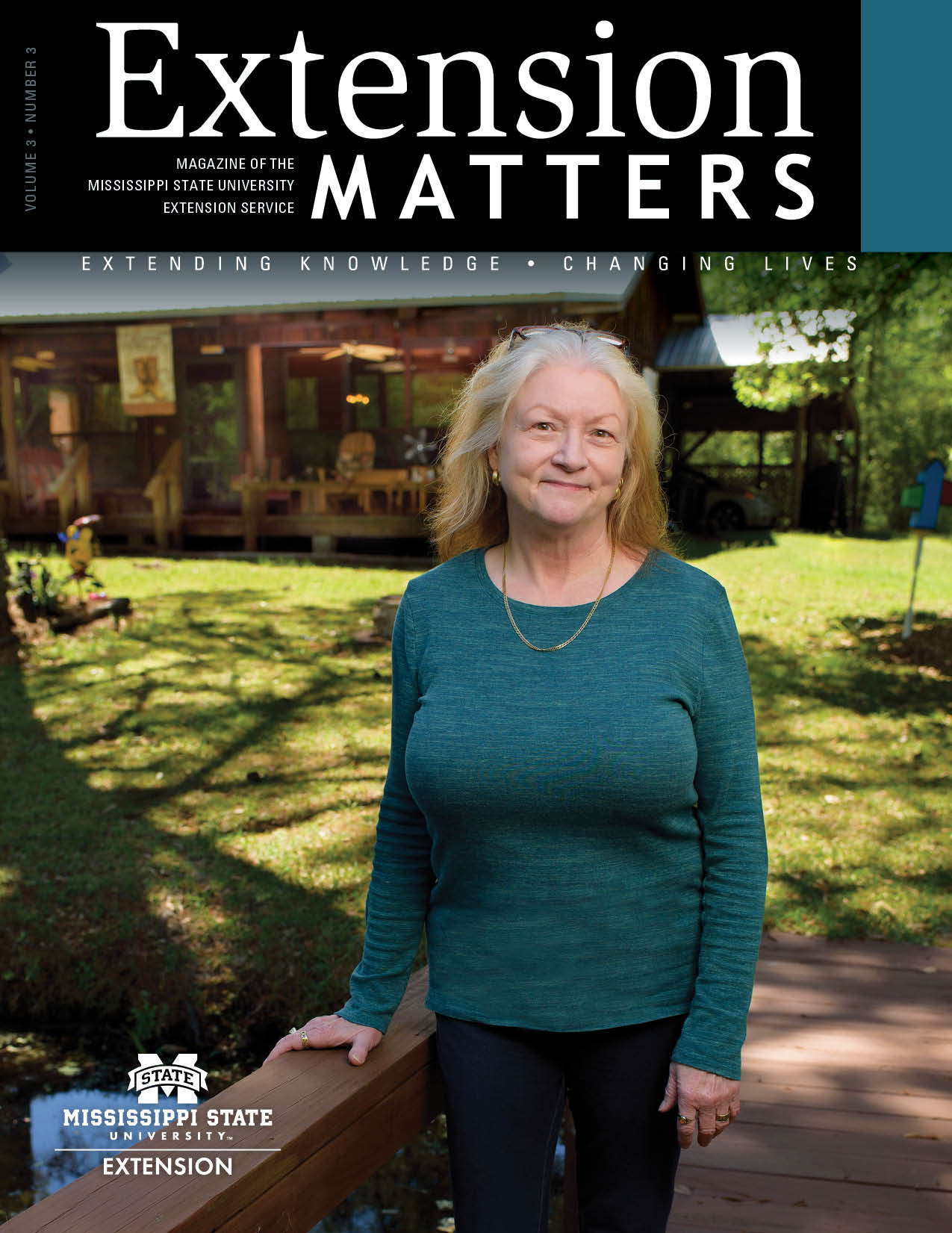Healthy Homes Awareness

Housing Authority Official Shares Extension Training
Story by Leah Barbour • Photos by Kevin Hudson
He is already good at what he does as maintenance supervisor with the Canton Housing Authority, but Russell Carroll wants to be even better.
Anytime he gets a chance to participate in a training program, he takes it. Russell Carroll cares about sharing the best practices—and implementing them—to benefit the tenants on his watch.
"The stuff I learned in Healthy Homes, I can take it abroad: I can go other places with it. That's what I'm doing. It's not about what you learn here; it's about taking it home and teaching it to your children, your brothers, your sisters."
RUSSELL CARROLL
“If you pull any of these tenants from the 150 homes and ask them about me, they’ll tell you, ‘Russell will take care of it. He’ll make sure it’s done on time,’” Carroll says. “When you get to go to these different trainings, you’ve got to come back and show it. That’s what I did with the Healthy Homes training: show it."
Carroll jumped on the opportunity to participate in a Healthy Homes Initiative program, held locally at the Madison County office of the Mississippi State University Extension Service. Now, he’s applying what he learned at work and at home.
“The stuff I learned in Healthy Homes, I can take it abroad: I can go other places with it. That’s what I’m doing,” Carroll explains. “It’s not about what you learn here; it’s about taking it home and teaching it to your children, your brothers, your sisters.”
From controlling dust mites and bedbugs to eliminating cockroaches and rats, various Healthy Homes Initiative strategies offer tenants affordable and realistic solutions that lessen pests’ impacts, Carroll emphasizes.
In the program, he discovered that, even when carpets and throw rugs look clean, they may still hold dust mites. Not all vacuum cleaners are created equally, Carroll warns, because some may redistribute the mites, or other particles like pet dander, into the air.
“Bed bugs are our number-one problem over here,” Carroll continues. “Don’t get furniture from anybody unless you inspect it, and, if you see brown spots, they’re blood spots, and those bed bugs are in there. Once you put that furniture in your house, you’ll have them.”
Carroll also discovered an easy way to reduce the number of roaches and other insects inside homes: instead of throwing food directly into a trash can, put the waste in a bag and tie it up or seal it.
Another important lesson Carroll says he learned at Extension’s Healthy Homes program is regularly checking that smoke alarms in each unit are working. He supervises a team of three with two groundskeepers.
Often, residents will take out the batteries to the smoke alarm when they cook, Carroll explains. Then, they forget to replace them, which puts them at risk of harm.
“I teach my workers, every time you go in a home, regardless of if it’s to just change a light bulb, you check that smoke alarm,” he says. “We had a fire here one time, and the apartment was burning up, but that smoke alarm was steady beeping. So it made us feel good even though we had that fire. We keep checking the smoke alarms.”
Carroll emphasizes the Healthy Homes training program is for everybody, and the knowledge available from it can make anyone’s home safer and more comfortable.
“To me, there’s more to be done," he says. "I want to give back by sharing Healthy Homes with as many people as possible.”


